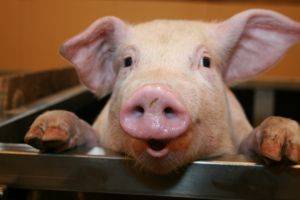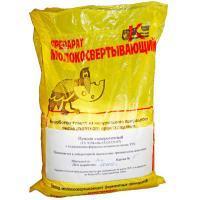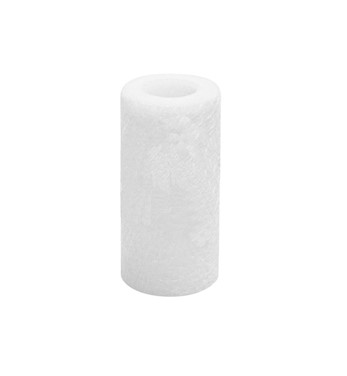Early weaning of beef calves in a dry summer - the experience of American ranchers
According to livestock experts at North Dakota State University, rainfall is one of the most important factors influencing management decisions in cattle grazing.
Greg Henderson talks about how to manage pasture cattle in a dry summer in his article.
“This year is no different than last year because much of North Dakota is experiencing severe dry weather. Drought conditions dictate their livestock care strategy, as even with good humidity in mid-late summer, the nutritional value of local pastures is reduced. In drought, the process accelerates.
- Early weaning is one of the management decisions that will help increase the feed supply for adult beef cows. With the right weaning, there is no threat to the HEALTH and productivity of the calves, says Jeanne Block, Livestock Systems Specialist at NDSU's Hettinger Research Center.
Calves are often weaned as early as 8 weeks of age. This is achieved through proper nutrition with feed that promotes rumen development. With a well-developed rumen, a calf may well develop successfully without a MILK diet.
In terms of feed efficiency, feeding calves directly (whether prepared feed or grazing) is more efficient than feeding cows to maintain lactation.
Thus, beef calves can be successfully weaned between 60 and 150 days of age.
Studies show that cows will consume 35-45% less feed after weaning, and early weaning usually results in better physical condition of females due to reduced nutrient requirements.
A 635 kg cow will need about 7 kg of energy (total digestible nutrients or TDN) and 1 kg of crude protein (CP) daily at the end of lactation. The requirements of the same cow will decrease to 5.5 kg TDN and 700 g protein after weaning. In addition, the need for water will be reduced by about 55-60%.
“It is important to distinguish between early weaning. The main purpose of complementary feeding is to increase the weight of calves at weaning, this does not reduce the load on the body of cows that continue to feed their offspring. Therefore, this practice will not provide the same feed savings and improved cow health that can be obtained from early weaning,” says Zak Carlson, beef cattle breeder.
Of course, early weaning should not adversely affect calf health or performance.
The key to success will be to treat groups of weaned calves as unique, not being pooled with other groups for at least 45 days. Despite the fact that all calves were born and raised on the same farm, the pasture group is a stable unit because it is associated with a social hierarchy.
Since small and young calves may have difficulty competing for food and water, it is best to divide them into several groups based on size and age.
“If weaning involves bringing all groups of pastures together into a common paddock or pasture, be prepared to start prophylaxis of calves for respiratory diseases 10 to 14 days after weaning, as animal health is affected by various risk factors: lack of passive immunity, temperature fluctuations and heat stress, dust and so on. Make sure animals are provided with appropriate protein, energy and mineral supplements before and after weaning,” says Gerald Stokka, consultant veterinarian and livestock management specialist.
“If calves need to be treated, for example for vaccination or deworming, do so early in the morning or delay treatment until moderate temperatures. Treatment can be done at weaning, however, only products that do not reduce the immune response should be used. Treatment at least three weeks prior to early weaning is preferred and allows additional post-weaning doses to be administered if needed,” the expert explained.



























































